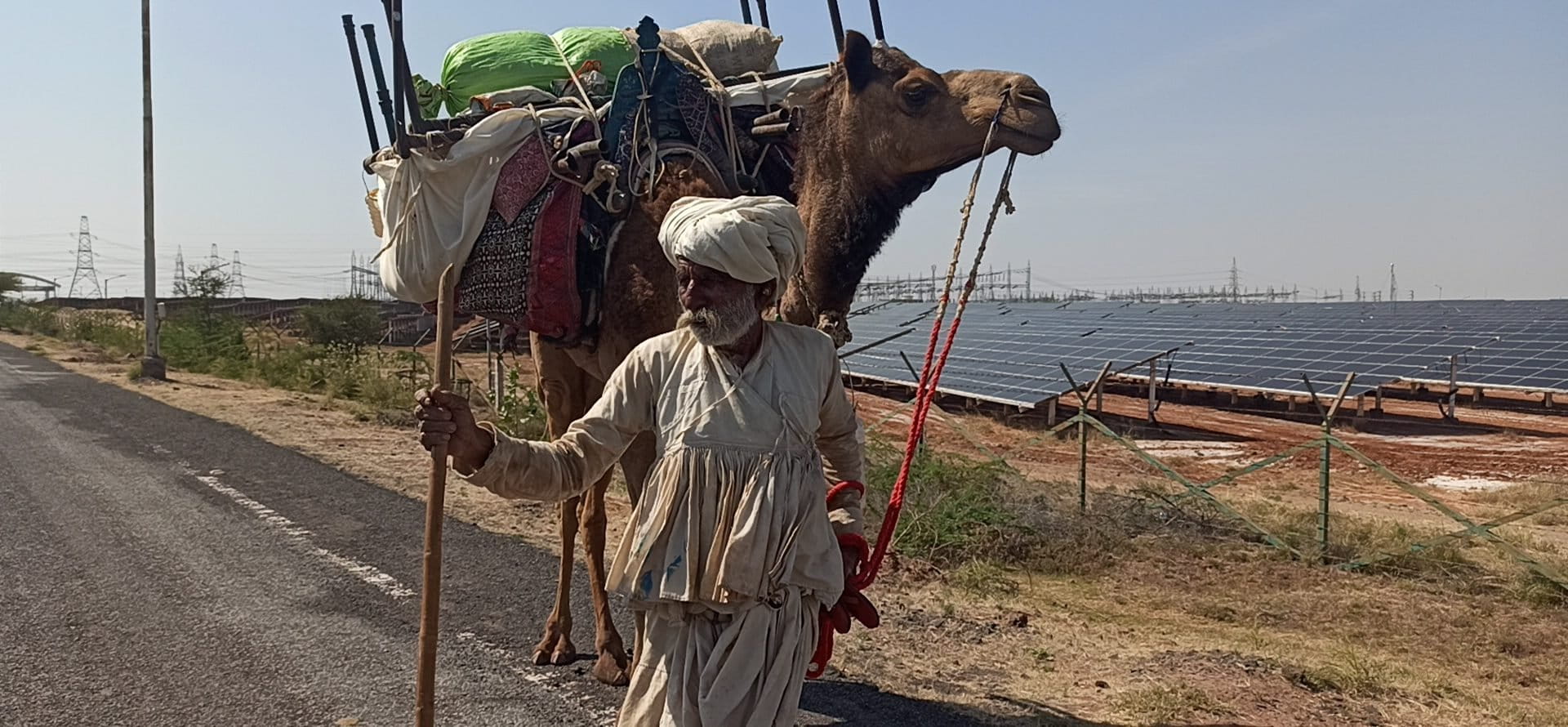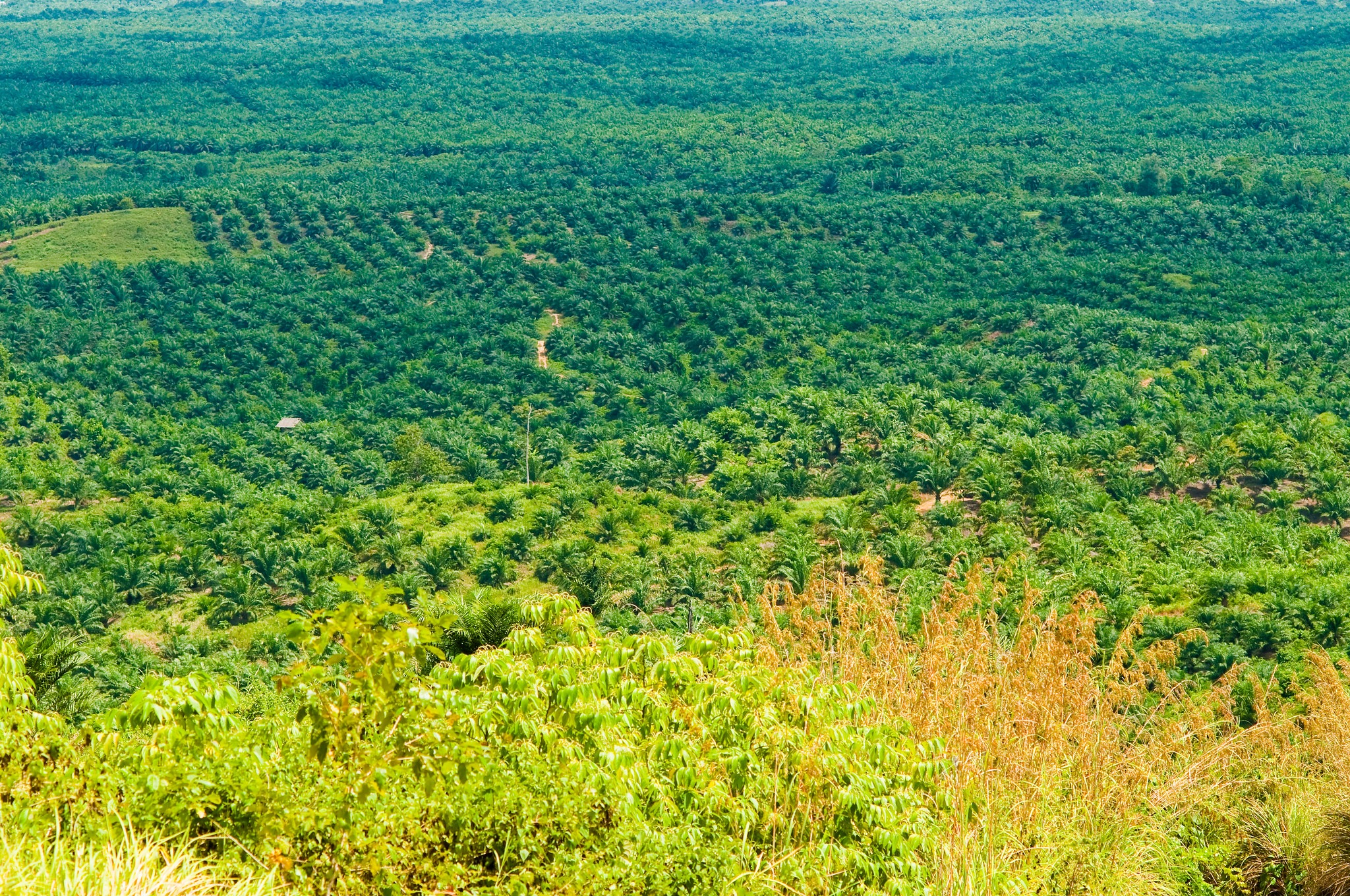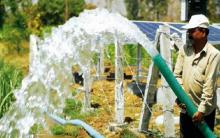When salt is an essential commodity and salt makers are not

The marginalised community of Agariyas, the salt workers in the Little Rann region of Gujarat, produce 30 percent of India’s inland salt. They live in dire circumstances as the state government refuses to recognise their legal rights. Now, a proposed freshwater lake in the area could swamp everything the region stands for: salt, prawn trade and the habitat of the near-threatened wild ass.


 Heat in Delhi is known to have a spatial distribution and is more in certain areas as compared to other. More focus on peripheral and vulnerable populations such as poor households and women and children, expansion of green spaces and improved access to electricity among the vulnerable populations can go a long way in coping with the effects of rising heat in the city in the years to come.
Heat in Delhi is known to have a spatial distribution and is more in certain areas as compared to other. More focus on peripheral and vulnerable populations such as poor households and women and children, expansion of green spaces and improved access to electricity among the vulnerable populations can go a long way in coping with the effects of rising heat in the city in the years to come. More than 40 percent of potential landscapes for oil palm cultivation in India overlap with biodiversity-rich landscapes. Converting small rice fields to palm oil can be a viable alternative to dismantling forests and grasslands for palm oil, says a latest study. It said that exploring and implementing fine-scale local plantation strategies by the government can satisfy the projected national demand for palm oil without threatening high biodiversity landscapes.
More than 40 percent of potential landscapes for oil palm cultivation in India overlap with biodiversity-rich landscapes. Converting small rice fields to palm oil can be a viable alternative to dismantling forests and grasslands for palm oil, says a latest study. It said that exploring and implementing fine-scale local plantation strategies by the government can satisfy the projected national demand for palm oil without threatening high biodiversity landscapes.
 While the new draft policy is a big positive, its focus on targeted fleet renewal for maximum emissions gains is still weak. The proposed policy puts the entire onus of incentivising fleet renewal on the state governments. They have been advised to waive off a big chunk of road tax and registration fees on replacement vehicles. Given the fact these are important sources of state revenue, the reaction of the state governments is still not known
While the new draft policy is a big positive, its focus on targeted fleet renewal for maximum emissions gains is still weak. The proposed policy puts the entire onus of incentivising fleet renewal on the state governments. They have been advised to waive off a big chunk of road tax and registration fees on replacement vehicles. Given the fact these are important sources of state revenue, the reaction of the state governments is still not known
 THE TOP 20% of high-expenditure households in India are responsible for seven times the emissions traceable to the poor who spend less than Rs 140 a day. The mean carbon footprint of every Indian was estimated at 0.56 tonne per year--0.19 tonne per capita among the poor and 1.32 tonne among the rich. Food and electricity are the two areas of spending that account for most emissions in India across socio-economic groups while western India emits the most carbon
THE TOP 20% of high-expenditure households in India are responsible for seven times the emissions traceable to the poor who spend less than Rs 140 a day. The mean carbon footprint of every Indian was estimated at 0.56 tonne per year--0.19 tonne per capita among the poor and 1.32 tonne among the rich. Food and electricity are the two areas of spending that account for most emissions in India across socio-economic groups while western India emits the most carbon The impact of climate crisis on people across the world is highly disproportionate but no other group is as vulnerable as children in low income families of developing countries. Children are not emotionally and physically capable of understanding the dangers during extreme weather events and are dependent on adults for their survival. They are more susceptible to water and vector borne diseases, malnutrition and they are forced into labour due to economic challenges induced by climate crisis.
The impact of climate crisis on people across the world is highly disproportionate but no other group is as vulnerable as children in low income families of developing countries. Children are not emotionally and physically capable of understanding the dangers during extreme weather events and are dependent on adults for their survival. They are more susceptible to water and vector borne diseases, malnutrition and they are forced into labour due to economic challenges induced by climate crisis. 































 The devastating impacts of big hydel projects, including submergence of habitats, alteration of river ecosystem, and displacements, are well known. Alternatively, India has been harnessing hydropower through small, community-based set ups which range from traditional water flour mills of the hills called gharats to the modern projects which generate power between 0-100 kw. These plants, being decentralised and community controlled, offer a viable option to habitations which are off the conventional grid system.
The devastating impacts of big hydel projects, including submergence of habitats, alteration of river ecosystem, and displacements, are well known. Alternatively, India has been harnessing hydropower through small, community-based set ups which range from traditional water flour mills of the hills called gharats to the modern projects which generate power between 0-100 kw. These plants, being decentralised and community controlled, offer a viable option to habitations which are off the conventional grid system.














